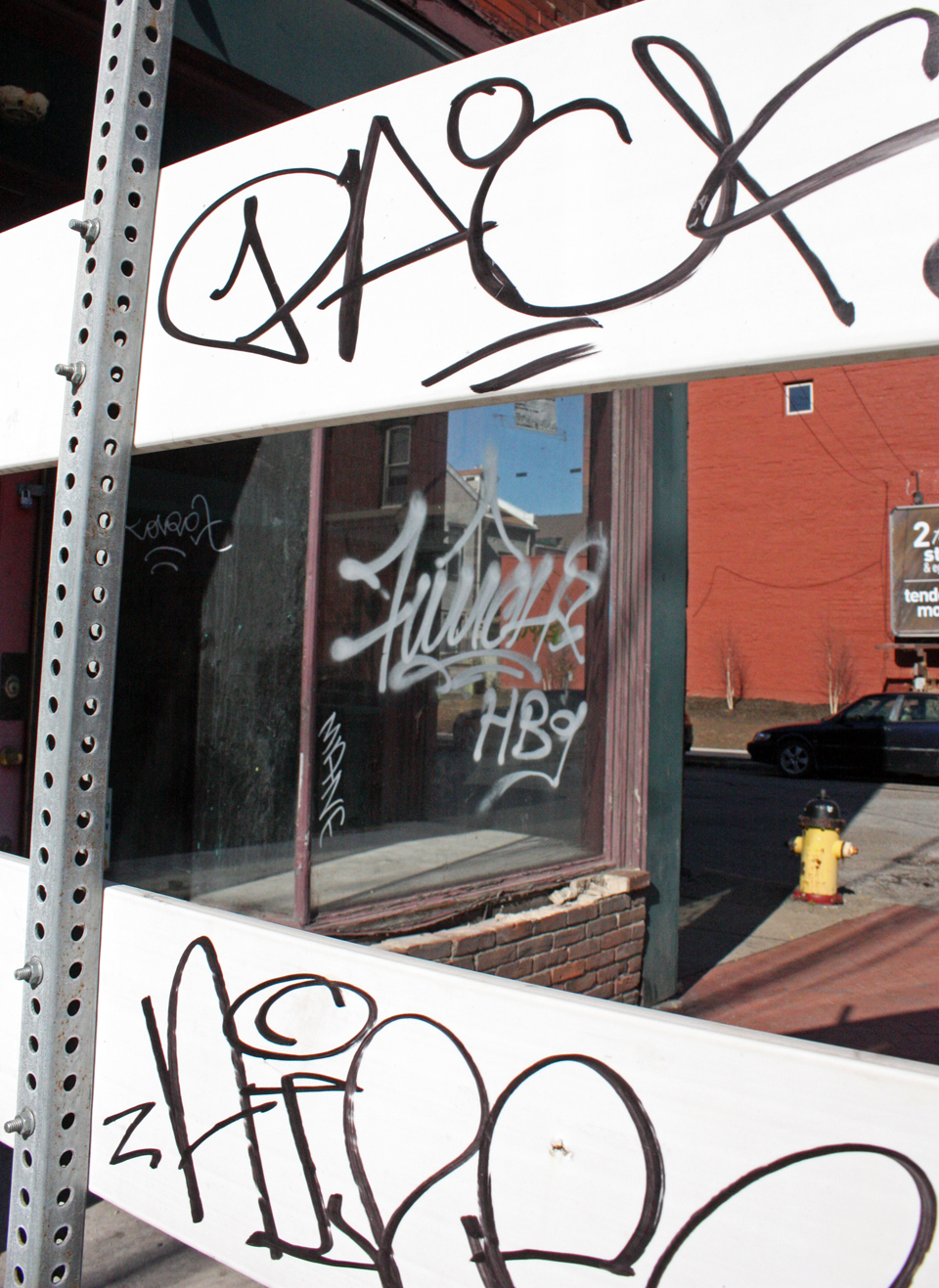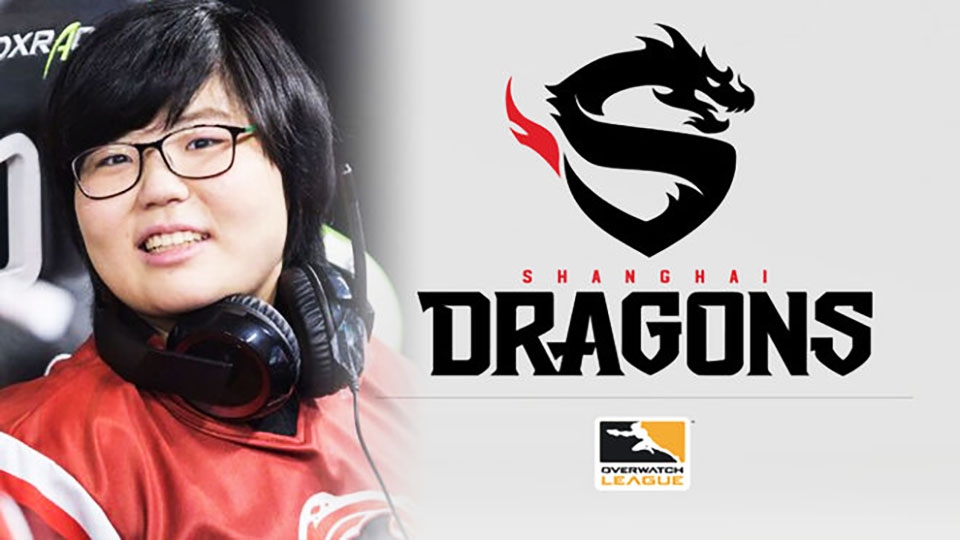Ollie Gratzinger | Opinions Editor
03/21/19
Grab a box of tissues, because the Fab 5 made an emotional return to Netflix on March 15 in the third season of Queer Eye. Making the move from Atlanta and surrounding towns, season 3 moves northwest to Kansas City, Missouri. A new set of “heroes” undergo some major lifestyle makeovers with a little help from interior designer Bobby Berk; food expert Antoni Porowski; cultural counselor Karamo Brown; grooming master Jonathan Van Ness and fashionista Tan France.
Queer Eye has always been well-known for its tear-jerking optimism and blatant positivity, and season 3 is no exception. A quintet of gay men step into the rural homes of strangers, and they’re welcomed warmly by not only the hero, but by their community too. In an intensively divisive era, people whose differences are vast and ample come together and form friendly mentorships, free from judgment and condemnation. The show gives a little sliver of hope that goodness and love aren’t out of the race just yet.
Each episode ends with an event that brings the hero together with loved ones to celebrate their identity — a major theme of the season.
One hero, Jess, identifies as a lesbian, and prefers androgyny, fluctuating between masculinity and femininity. Rather than try to force her into a box, the Fab 5 embraced her sense of style and encouraged her to experiment with looks that felt right. Another, named Robert, used self-deprecating humor to voice insecurities about his body. Rather than shaming him for not conforming to the societal expectation of thinness, the Fab 5 encouraged him to love the body he has, because it’s uniquely his own.
What separates Queer Eye from other lifestyle-revamping shows is the fact that it focuses not on changing a person or making them conform to expectations or social molds, but rather bringing out the best of their individual personalities in a way that honors their identity. The goal isn’t to make society love them, but to teach them how to love themselves. The rest, they say, will follow.
It’s easy to see how the natural chemistry between the Fab 5 has evolved over the course of the three seasons, culminating in a loving, familial bond. They’ve found their rhythm, honed their skills and perfected the ways in which they apply their life experiences to a shared narrative. Their emotions are raw and real, and when Tan tears up in the fifth episode, “Black Girl Magic,” it’s hard not to cry too.
Season 3 gives us more people of color, a single father, a lesbian, two sisters with their own business, soon-to-be newlyweds and more. It tackles topics of grief, loss, addiction and fear without losing its positive vibes. Heroes find and embrace their chosen families as they embark on a journey of self-discovery and acceptance. It’s hard to find a flaw in a show so wholeheartedly pure.
Granted, critics have insisted that the show isn’t representative of modern queerness, arguing that the Fab 5 could be made up of more than five cisgender men. When the show’s predecessor, Queer Eye for the Straight Guy, hit television in the early 2000s, it was literally unheard of for a single gay character to be featured on-screen, let alone five. Times have changed a bit in the recent decade or so, and with shows like Glee, Modern Family, Schitt’s Creek, and even newer adaptations of Star Trek featuring queer characters, a show whose whole schtick is LGBT inclusion could, in theory, step up its game.
With that being said, though, Season 3 of Queer Eye has featured a diverse set of heroes, and even though it would be nice to see more transgender folks than the one trans man featured in Season 2, the show remains revolutionarily comprehensive.
Others argue that the Fab 5 are too gay, and that they play into stereotypes about gay culture. This, to me, seems like pulling at straws trying to find something wrong with a good thing. It’s a wonderful sign of increasing tolerance that men like Jonathan Van Ness can be openly and flamboyantly themselves on television and attract not only an audience, but a fan base, as well.
Queer Eye continues to set a precedent for queer inclusion, telling stories of success and triumph rather than the turmoil that once pervaded gay media. Nothing can please everyone, and no show is perfect, but as far as I’m concerned, Queer Eye comes remarkably close.



